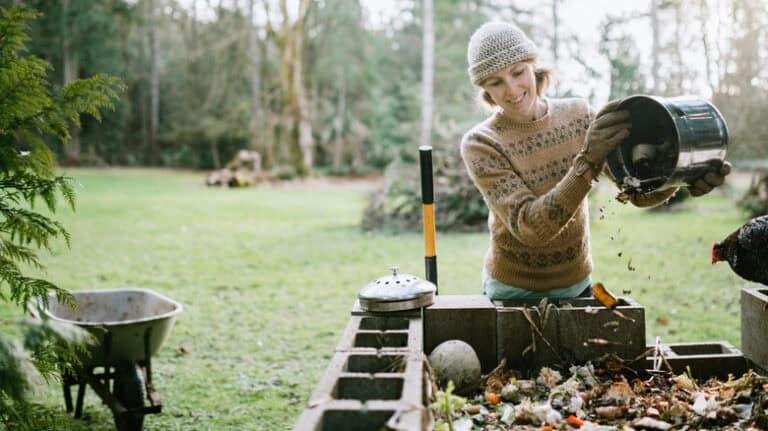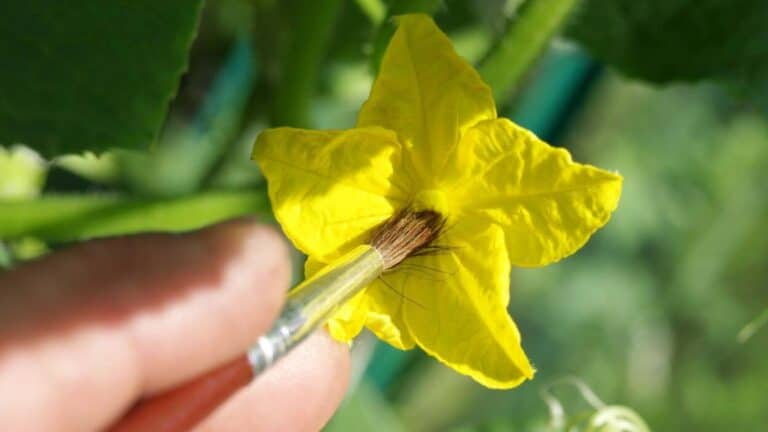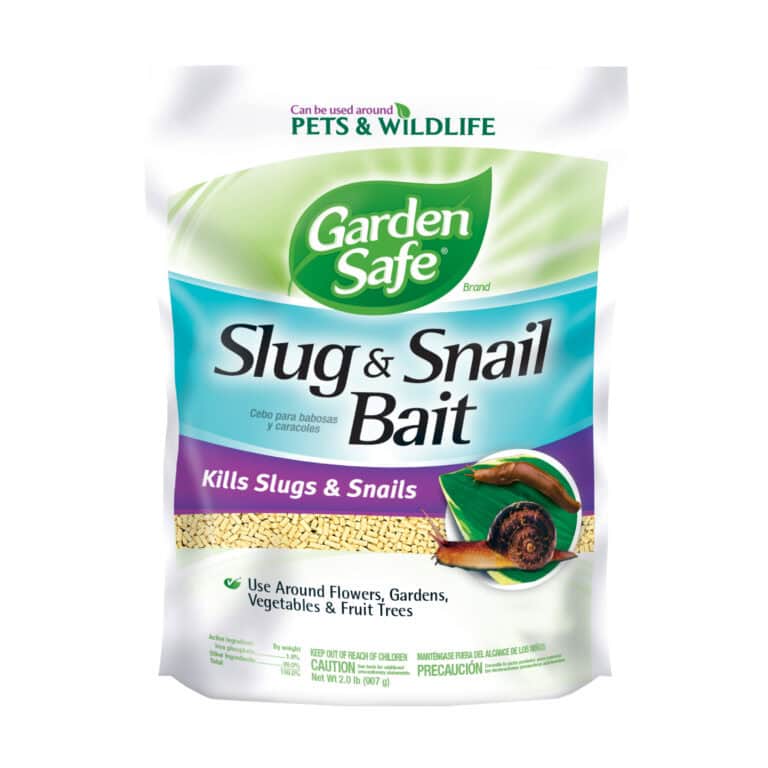How To Get Rid Of Bamboo From Your Garden: Proven Strategies
To get rid of bamboo from your garden, dig up the roots and rhizomes completely. Apply a bamboo-specific herbicide for persistent growth.
Bamboo can be a challenging plant to manage in gardens. Its aggressive growth pattern often invades unwanted areas, making it difficult to control. Removing bamboo requires a strategic approach to ensure it doesn’t return. Start by digging up the roots and rhizomes thoroughly, as even small remnants can cause regrowth.
For stubborn bamboo, consider using a bamboo-specific herbicide to eliminate remaining roots. Regular monitoring and maintenance are crucial to prevent future infestations. By following these steps, you can successfully remove bamboo and reclaim your garden space.
Understanding Bamboo Growth
Bamboo can be a beautiful addition to any garden. But it can also become invasive. Understanding how bamboo grows helps in managing it effectively. Let’s dive into the details.
Growth Patterns
Bamboo grows quickly and spreads fast. It has two main growth patterns: clumping and running.
- Clumping Bamboo: This type grows in tight clusters. It expands slowly and is easier to control.
- Running Bamboo: This type spreads aggressively. It sends out long roots and can overtake your garden.
Knowing the growth pattern of your bamboo is crucial. It helps in planning your removal strategy.
Root System
The root system of bamboo is complex. It consists of rhizomes that spread underground.
Rhizomes are horizontal stems. They produce new shoots and roots. This makes bamboo hard to eradicate.
Here’s a breakdown of the root system:
| Type | Description |
|---|---|
| Rhizomes | Horizontal stems that spread underground. |
| Roots | Grow from rhizomes and absorb nutrients. |
| Shoots | New bamboo plants that emerge from rhizomes. |
To remove bamboo, you must tackle the root system. Dig deep to remove all rhizomes. This prevents regrowth and keeps your garden bamboo-free.
/how-to-get-rid-of-bamboo-naturally-2132939-16-ed2ad494d70c4887b13302dcac9070ec.jpg)
Credit: www.thespruce.com
Identifying Bamboo Types
Identifying bamboo types is the first step to removing bamboo from your garden. Bamboo can be tricky due to its rapid spread and dense growth. Knowing the type of bamboo helps in selecting the best removal method.
Clumping Bamboo
Clumping bamboo grows in tight, circular clusters. It spreads slowly and is easier to control. This type of bamboo is less invasive. It usually remains in the area where it was planted.
Here are some key characteristics of clumping bamboo:
- Grows in tight circles
- Spreads slowly
- Forms dense clusters
- Less invasive
Clumping bamboo is often used for landscaping. Its controlled growth makes it a popular choice. Removing clumping bamboo involves digging up the root ball.
Running Bamboo
Running bamboo spreads quickly and aggressively. It uses underground rhizomes to extend its reach. This type of bamboo is highly invasive and can take over large areas.
Key characteristics of running bamboo include:
- Spreads through underground rhizomes
- Grows rapidly
- Highly invasive
- Can cover large areas
Managing running bamboo requires more effort. You may need to use barriers or chemical treatments. Regular monitoring and maintenance are essential.
Here is a comparison table for better understanding:
| Feature | Clumping Bamboo | Running Bamboo |
|---|---|---|
| Growth Pattern | Tight clusters | Underground rhizomes |
| Spread Rate | Slow | Fast |
| Invasiveness | Less invasive | Highly invasive |
| Control Method | Dig up root ball | Barriers, chemicals, regular monitoring |
Manual Removal Techniques
Removing bamboo from your garden can be challenging. Manual removal techniques can be effective. This section covers two primary methods. These methods are Digging Up Bamboo and Cutting Bamboo Stalks.
Digging Up Bamboo
Digging up bamboo requires patience. Start by soaking the soil. This makes it easier to dig. Use a shovel to dig around the bamboo. Aim to get all the roots. Bamboo roots spread wide. Ensure you dig deep. Remove all root pieces. Even small roots can regrow.
Consider using a root barrier. Place it around the bamboo area. This prevents future spread. Regularly check for new shoots. Remove them immediately. Consistency is key. It might take several attempts.
Cutting Bamboo Stalks
Cutting bamboo stalks is another method. Use sharp garden shears. Cut the bamboo stalks at the base. Cut as close to the ground as possible. Remove the stalks from the area. Dispose of them properly.
After cutting, monitor the area. New shoots will appear. Cut them immediately. Repeat this process frequently. Over time, the bamboo will weaken. Persistence is essential. This method may take months.

Credit: www.wikihow.com
Using Herbicides
Many gardeners struggle with bamboo. It spreads quickly and takes over gardens. Using herbicides can help control bamboo. Herbicides kill the bamboo roots and shoots. This method is effective and can save time.
Choosing The Right Herbicide
Not all herbicides work on bamboo. Select an herbicide that targets bamboo. Look for products containing glyphosate or imazapyr. These chemicals are effective against bamboo. Always read the label before purchasing.
Consider the environment. Some herbicides can harm nearby plants. Choose a product that is safe for your garden. Organic options are available too. They are less harmful to the environment.
Application Methods
There are different ways to apply herbicides. The most common method is spraying. Use a garden sprayer for even coverage. Spray the bamboo leaves and stems. Apply the herbicide on a dry, calm day.
Another method is the cut-stump method. First, cut the bamboo close to the ground. Then, apply the herbicide to the cut stems. This method ensures the herbicide reaches the roots.
Follow these steps for the best results:
- Choose the right herbicide.
- Read the product label carefully.
- Use a garden sprayer for even coverage.
- Apply on a dry, calm day.
- Consider the cut-stump method for stubborn bamboo.
Safety is important. Wear gloves and protective clothing. Avoid contact with skin and eyes. Keep children and pets away from treated areas.
Preventing Regrowth
Preventing bamboo regrowth in your garden is essential. Proper measures ensure bamboo does not return. Follow these steps to keep your garden bamboo-free.
Root Barriers
Bamboo spreads through underground roots called rhizomes. Installing root barriers can stop this spread. Use plastic or metal sheets for effective barriers.
Dig a trench around the bamboo area. Place the barrier in the trench, at least 30 inches deep. Ensure the barrier edges overlap to prevent root escape.
| Material | Depth | Effectiveness |
|---|---|---|
| Plastic Sheet | 30 inches | High |
| Metal Sheet | 30 inches | Very High |
Regular Maintenance
Regular maintenance is crucial to prevent bamboo regrowth. Check your garden monthly for new bamboo shoots. Remove any shoots immediately to stop spread.
- Inspect the garden for new shoots.
- Cut down any new growth.
- Dig up roots where possible.
Regular checks ensure no bamboo returns. Consistency is key in maintaining a bamboo-free garden.
Natural Alternatives
Dealing with bamboo in your garden can be challenging. It grows fast and spreads quickly. If you prefer avoiding chemicals, natural alternatives are available. These methods are effective and eco-friendly. Below, we explore two natural alternatives: smothering bamboo and using vinegar.
Smothering Bamboo
Smothering bamboo involves depriving it of sunlight. This method can be time-consuming but effective. Follow these steps:
- Start by cutting the bamboo stalks close to the ground.
- Cover the area with thick, black plastic sheets.
- Ensure no sunlight reaches the bamboo shoots.
- Secure the plastic with rocks or bricks.
- Leave the plastic in place for several months.
The lack of sunlight will weaken the bamboo. It will eventually die off. This method is safe and chemical-free. Be patient, as it may take time.
Using Vinegar
Vinegar is another natural way to get rid of bamboo. It is non-toxic and easy to use. Here is how you can use vinegar:
- Mix one part white vinegar with two parts water.
- Pour the mixture into a spray bottle.
- Spray the mixture directly on the bamboo leaves and shoots.
- Repeat the process every few days.
The acidic nature of vinegar will kill the bamboo. It may take several applications. Be consistent for the best results.
Soil Considerations
Removing bamboo from your garden requires careful attention to soil. Understanding soil quality and drainage helps ensure success. Let’s explore these factors in detail.
Soil Quality
Soil quality greatly impacts bamboo removal. Healthy soil provides a good environment for all plants.
- Check pH levels: Bamboo thrives in slightly acidic to neutral pH.
- Nutrient content: Soil rich in nutrients supports faster plant growth.
- Organic matter: High levels of organic matter can make bamboo removal harder.
Testing soil helps identify its composition. Use a soil test kit to measure these factors. Adjust soil conditions to weaken bamboo roots.
Drainage
Good drainage is essential for effective bamboo removal. Bamboo prefers well-drained soil but can tolerate poor drainage.
- Check drainage: Dig a hole and fill it with water. Observe how fast it drains.
- Improve drainage: Add sand or gravel to soil. This improves water flow.
- Use raised beds: Raised beds help manage water levels better.
Proper drainage hinders bamboo growth. It makes the removal process easier.
| Factor | Action |
|---|---|
| pH Levels | Test and adjust as needed |
| Nutrient Content | Ensure balanced nutrients |
| Organic Matter | Monitor and manage levels |
| Drainage | Improve with sand or gravel |

Credit: www.wikihow.com
Professional Help
Removing bamboo from your garden can be daunting. Sometimes, calling in professionals is the best option. Professional help ensures the bamboo is removed efficiently and safely.
When To Call Experts
If bamboo has spread extensively, it’s time to call experts. They have specialized tools and knowledge to handle large infestations. Persistent re-growth after multiple removal attempts is another sign to seek professional help. If you notice bamboo damaging structures or foundations, expert intervention is necessary. They can prevent further damage and restore your garden.
Cost Considerations
Professional bamboo removal costs vary based on several factors. The size of the infestation is a primary factor. Larger areas require more time and labor. The accessibility of the bamboo also impacts cost. Hard-to-reach areas may incur additional charges.
| Service Type | Estimated Cost |
|---|---|
| Initial Consultation | $50 – $100 |
| Small Area Removal | $300 – $500 |
| Large Area Removal | $1,000 – $3,000 |
| Post-Removal Treatment | $200 – $400 |
Always get multiple quotes to compare prices. Ensure you understand what’s included in the service. Some companies may offer post-removal treatments to prevent re-growth. Investing in these treatments can save you money in the long run. Consider the expertise and reputation of the company. Sometimes, paying a bit more guarantees better results.
Long-term Solutions
Getting rid of bamboo from your garden can be a daunting task. Some methods might offer quick fixes, but long-term solutions ensure the bamboo doesn’t return. This section will guide you through lasting strategies to keep your garden bamboo-free.
Alternative Plants
Replacing bamboo with other plants can be an effective strategy. Consider planting species that are non-invasive and easy to manage.
- Native Shrubs: These are well-suited to local climates and soil.
- Perennials: They provide year-round greenery and are low maintenance.
- Grasses: Ornamental grasses can add texture and color.
Below is a table of alternative plants suitable for replacing bamboo:
| Plant | Type | Benefits |
|---|---|---|
| Boxwood | Shrub | Dense foliage, easy to shape |
| Hosta | Perennial | Low maintenance, shade tolerant |
| Feather Reed Grass | Grass | Ornamental, drought-resistant |
Sustainable Practices
Adopting sustainable gardening practices ensures the long-term health of your garden. Here are some tips:
- Mulching: Helps retain soil moisture and suppress weed growth.
- Composting: Recycles garden waste and enriches soil.
- Water Conservation: Use drip irrigation systems to save water.
Implementing these practices can create a balanced garden ecosystem. This will help prevent bamboo from re-establishing itself.
Frequently Asked Questions
What Is The Best Way To Remove Bamboo?
The best way is to dig out the roots completely and use herbicide to prevent regrowth.
How Long Does Bamboo Removal Take?
Bamboo removal can take several weeks to months, depending on the size and density of the bamboo.
Can Bamboo Grow Back After Removal?
Yes, bamboo can regrow if any roots are left behind. Regular monitoring and treatment are necessary.
Conclusion
Removing bamboo from your garden can be challenging, but it’s possible. Use the right methods and stay persistent. Regular maintenance will prevent regrowth. Enjoy a bamboo-free garden space with these effective tips. Your garden’s beauty and health will thrive without invasive bamboo.
Happy gardening!







